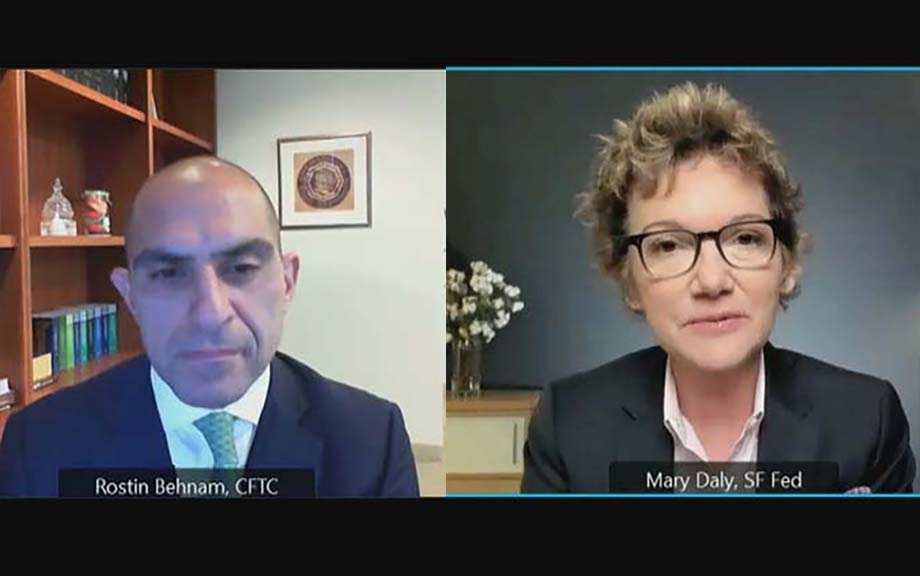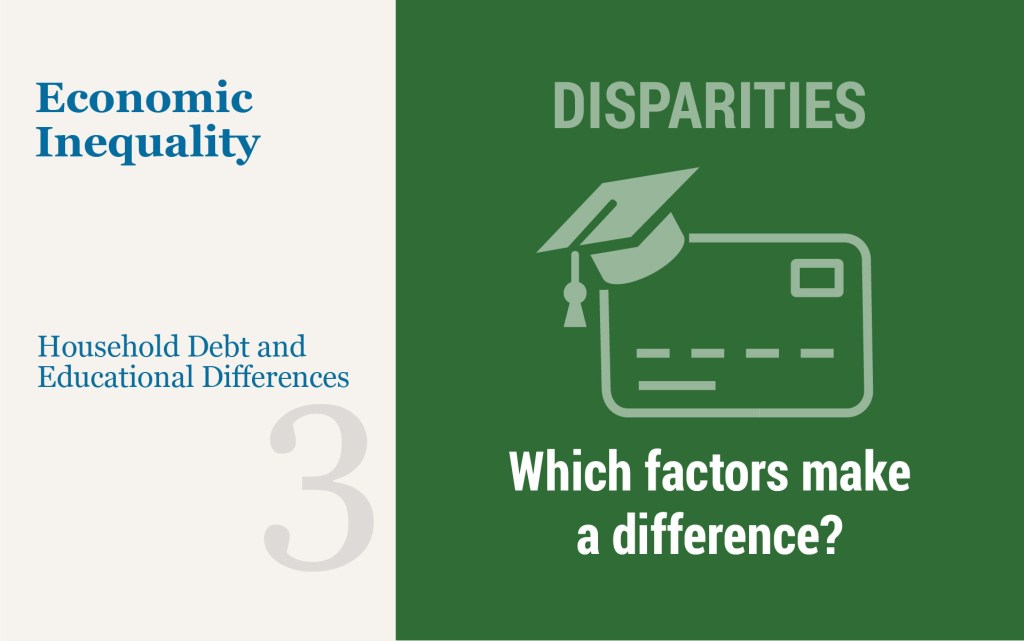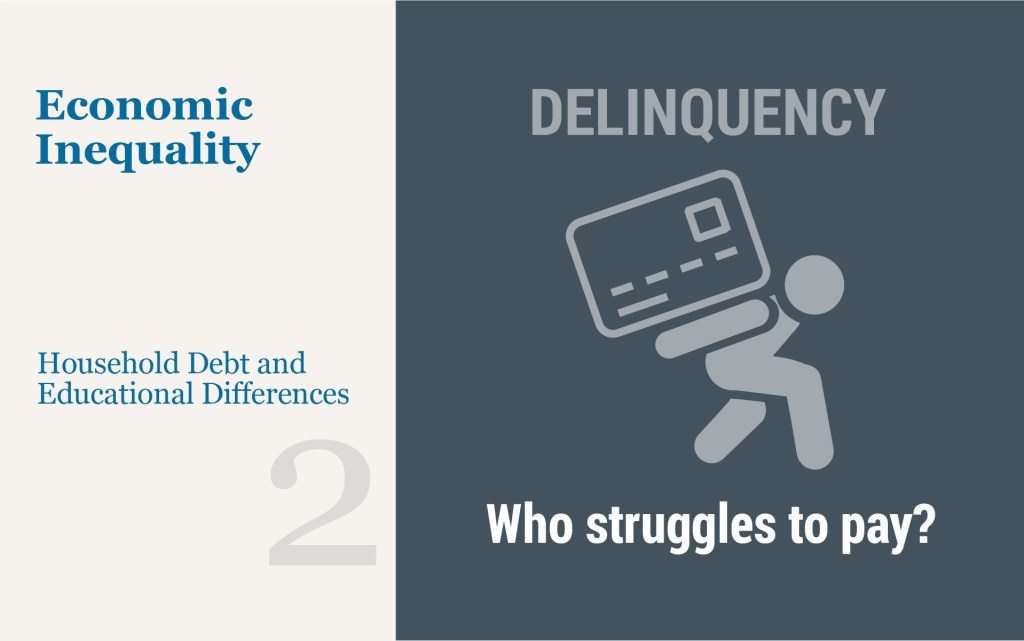
Today we are launching a Regional Employment web interactive that gives users a convenient place to measure and analyze employment trends in the Federal Reserve’s Second District. The interactive features the New York Fed’s early benchmarked regional employment data, which anticipate revisions that are made to official preliminary data released by the Bureau of Labor Statistics at a later date, and so tend to track employment trends more closely than initial monthly releases. The new interactive illustrates employment trends for more than twenty geographies in the region, including states and metropolitan areas, from the year 2000 to the latest available month.



















 RSS Feed
RSS Feed Follow Liberty Street Economics
Follow Liberty Street Economics